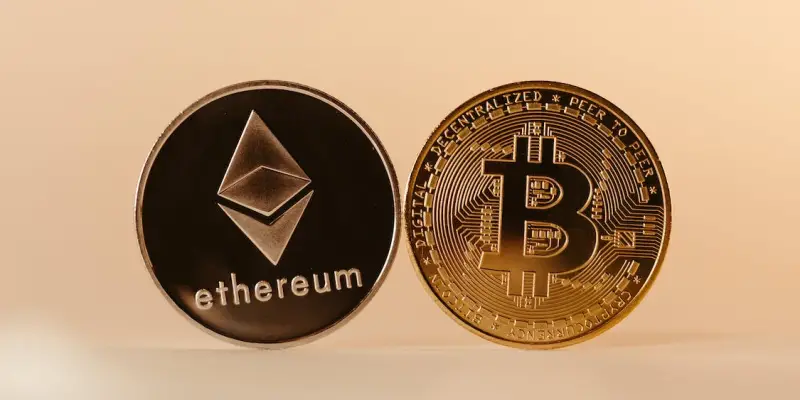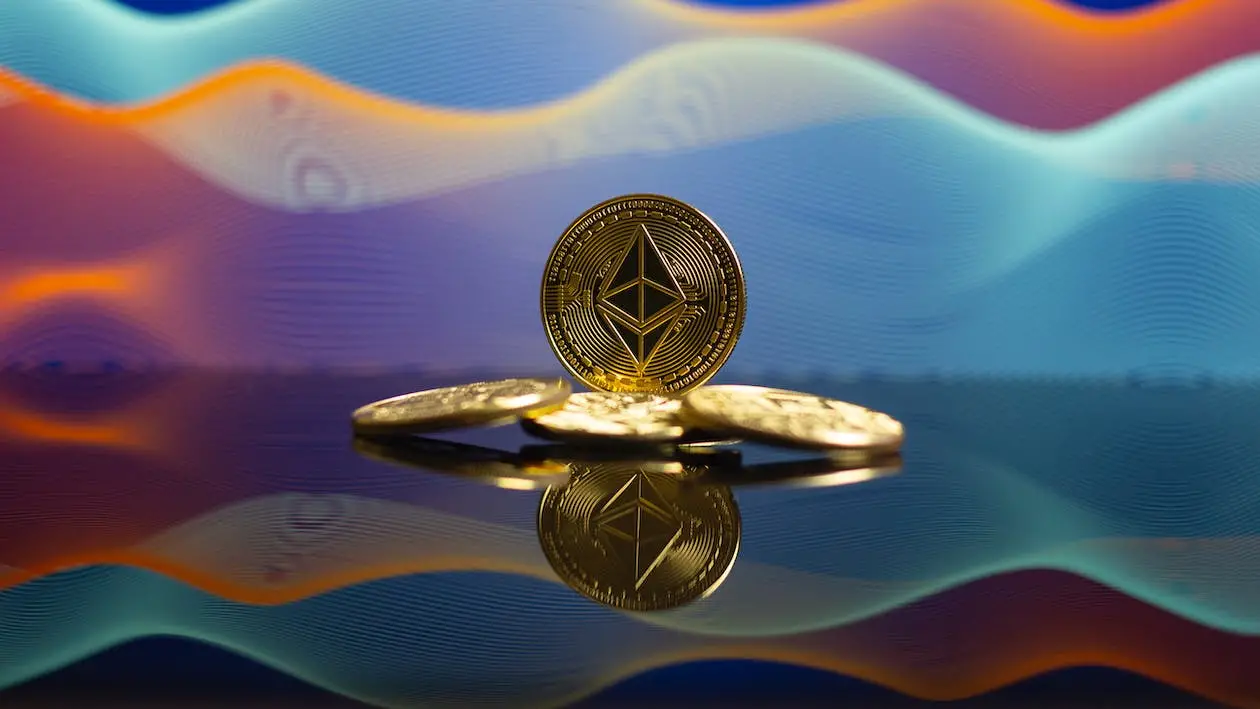The world of cryptocurrency goes far beyond Bitcoin. While Bitcoin may be the most well-known and widely used cryptocurrency, there is a whole universe of alternative coins, or altcoins, waiting to be explored. In this article, we will delve into the concept of altcoins, the different types that exist, the technology behind them, their impact on the financial market, and the future they hold.
Understanding the Concept of Altcoins
Altcoins are cryptocurrencies that are alternative to Bitcoin. They are essentially digital currencies that have been developed using the same underlying technology as Bitcoin, which is the blockchain. However, altcoins have their own unique features and functionalities.
Unlike Bitcoin, which was the first cryptocurrency to be created back in 2009 by an anonymous person or group of people known as Satoshi Nakamoto, altcoins have emerged over the years as new cryptocurrencies with different purposes and characteristics. They have gained popularity due to their potential for growth and the opportunities they offer to investors.
Defining Altcoins: What are They?
Altcoins can be defined as any cryptocurrency that is not Bitcoin. They can be developed with various objectives in mind, such as improving on the limitations of Bitcoin or introducing new features and functionalities.
Altcoins often have their own dedicated blockchain networks, which allows them to have more control over their development and implementation. Some altcoins may focus on privacy and security, while others may aim to provide faster transaction speeds or a more scalable network.
In the expansive world of altcoins, there’s a burgeoning interest in the potential intersection of quantum computing and artificial intelligence for cryptocurrency trading. Known as immediate connect, this concept leverages the enormous computational power of quantum computers to process vast amounts of market data instantaneously.
When combined with advanced AI algorithms, the system can predict market movements with an unprecedented degree of accuracy, adapting strategies in real-time to the volatile crypto market. While Bitcoin remains the poster child for digital currencies, innovations like Immediate Connect underscore the multifaceted and rapidly evolving landscape of alternative cryptocurrencies.
The Birth and Evolution of Altcoins
The concept of altcoins was sparked by the success of Bitcoin as the first decentralized cryptocurrency. As people recognized the potential of blockchain technology, it became a catalyst for the creation of alternative coins.
One of the earliest altcoins to emerge was Namecoin, which was introduced in 2011. It aimed to create a decentralized domain name system. Since then, numerous altcoins have been developed, each with its own unique features and use cases.
The evolution of altcoins has been driven by the desire to address the limitations of Bitcoin. Developers have sought to improve on areas such as transaction speed, scalability, and privacy. This has led to the creation of altcoins that offer a wider range of choices and possibilities for users.
The Different Types of Altcoins
Altcoins can be categorized into different types based on their functionalities and purpose. Let’s explore some of the most common types:
Utility Tokens: More Than Just a Currency
Utility tokens are altcoins that are designed to provide access to a specific product or service within a decentralized platform. These tokens are not intended to be used as a traditional form of currency but rather serve a specific function within a particular ecosystem.
For example, Ethereum, one of the most well-known altcoins, is a cryptocurrency that enables developers to build decentralized applications on its blockchain network. Ether, the native cryptocurrency of the Ethereum platform, is used to pay for transaction fees and to run smart contracts on the network.
This type of altcoin provides value beyond just being a medium of exchange, as it enables the creation of decentralized applications and the execution of smart contracts.
Security Tokens: The Digital Representation of Assets
Security tokens are altcoins that represent ownership in a real-world asset, such as real estate, stocks, or commodities. These tokens are subject to securities regulations and are designed to provide a legal framework for the tokenization of assets.
Using blockchain technology, security tokens can provide a more efficient and accessible way to trade and transfer ownership of assets. They offer potential benefits such as increased liquidity, fractional ownership, and 24/7 trading.
Security tokens have the potential to disrupt traditional financial markets by making the process of buying and selling assets more transparent, secure, and accessible to a wider range of investors.
Stablecoins: The Bridge Between Fiat and Crypto
Stablecoins are altcoins that are designed to maintain a stable value by being pegged to a specific asset, such as a fiat currency like the US dollar or a commodity like gold. They aim to address the volatility that is often associated with cryptocurrencies like Bitcoin.
Stablecoins have gained popularity as a means of conducting transactions and as a store of value within the cryptocurrency ecosystem. They offer the benefits of cryptocurrencies, such as fast and secure transactions, while also providing stability and predictability in terms of value.
These altcoins act as a bridge between the world of traditional finance and cryptocurrencies, as they combine the benefits of blockchain technology with the stability of established assets.
The Technology Behind Altcoins
Altcoins are built on blockchain technology, which is the same underlying technology that powers Bitcoin. Let’s explore some of the key aspects of this technology in relation to altcoins:
Blockchain: The Backbone of Altcoins
Blockchain is a decentralized ledger that records all transactions and activities within a network. It consists of a chain of blocks that are linked together and secured through complex cryptographic algorithms.
Altcoins utilize blockchain technology to achieve consensus, validate transactions, and ensure the security of the network. Each altcoin may have its own unique blockchain network, with its own set of rules and protocols.
The use of blockchain technology provides transparency, immutability, and security, making altcoins a viable alternative to traditional centralized systems.
Understanding Proof of Stake and Proof of Work
Altcoins often use different consensus mechanisms to validate transactions and secure their networks. Two common mechanisms are Proof of Stake (PoS) and Proof of Work (PoW).
Proof of Stake is a consensus mechanism where validators are chosen to create new blocks based on the number of coins they hold and are willing to “stake” as collateral. It is a more energy-efficient alternative to Proof of Work, which requires miners to solve complex mathematical puzzles to validate transactions and add new blocks to the blockchain.
While PoW is the consensus mechanism used by Bitcoin, altcoins have adopted PoS or variations of it to achieve consensus and secure their networks. This allows for faster transaction confirmation and a more energy-efficient network.
The Impact of Altcoins on the Financial Market
Altcoins have had a significant impact on the financial market, both in terms of volatility and investment opportunities. Let’s explore some of the effects they have had:
Altcoins and Their Influence on Market Volatility
Altcoins are known for their higher volatility compared to traditional assets. The prices of altcoins can experience significant fluctuations in short periods of time, creating opportunities for traders and investors.
The volatility of altcoins can be attributed to various factors, including market sentiment, regulatory developments, and technological advancements. It is important for investors to carefully evaluate the risks and potential rewards associated with altcoins before entering the market.
While volatility can be seen as a risk, it also presents opportunities for traders and investors who can take advantage of price movements to generate profits.
The Role of Altcoins in Diversifying Investment Portfolios
Altcoins offer investors the opportunity to diversify their investment portfolios beyond traditional assets such as stocks and bonds. By including altcoins in their portfolios, investors can potentially increase their overall returns and reduce their exposure to risk.
The correlation between altcoins and traditional assets is relatively low, which means that their price movements are often independent of the broader financial markets. This makes altcoins a valuable tool for diversification.
However, it is important to note that altcoins can also be risky investments, and investors should carefully assess their risk tolerance and do thorough research before making any investment decisions.
The Future of Altcoins
The world of altcoins is constantly evolving, and the future holds both challenges and opportunities. Let’s explore some of the predicted trends and potential obstacles ahead:
Predicted Trends in the Altcoin Market
The altcoin market is expected to continue growing as more innovative projects emerge and gain traction. Some of the trends that are predicted to shape the future of altcoins include:
- Increased adoption and integration of altcoins into existing financial systems and platforms.
- Greater regulatory clarity and mainstream acceptance, leading to wider usage and investment opportunities.
- The emergence of new technologies and protocols that address the scalability and privacy concerns of altcoins.
- The development of interoperability between different altcoin networks, enabling seamless transactions and communication.
Potential Challenges and Opportunities for Altcoins
Altcoins face several challenges and opportunities as they continue to grow and develop. Some of the potential challenges include:
- Regulatory uncertainty and the need for clearer guidelines to ensure compliance and consumer protection.
- Competition among altcoins, as more projects enter the market and vie for attention and investment.
- Cybersecurity risks and the need for robust security measures to protect altcoin networks and user funds.
- Mitigating the environmental impact of altcoin mining and transaction verification processes.
Despite these challenges, there are also numerous opportunities for altcoins to thrive:
- The potential for altcoins to disrupt traditional financial systems and democratize access to financial services.
- The development of innovative use cases and applications that leverage the unique features and functionalities of altcoins.
- The integration of altcoins into everyday life, making digital currencies more mainstream and accessible to the general public.
- The potential for altcoins to drive technological advancements, such as blockchain infrastructure and scalability solutions.
Conclusion
Beyond Bitcoin, the world of altcoins offers a vast array of opportunities and possibilities. Altcoins have evolved into a diverse ecosystem with various types, each with its own unique features and functionalities.




Comments